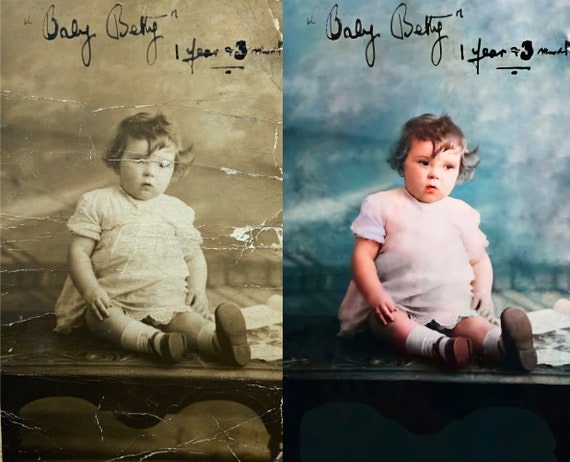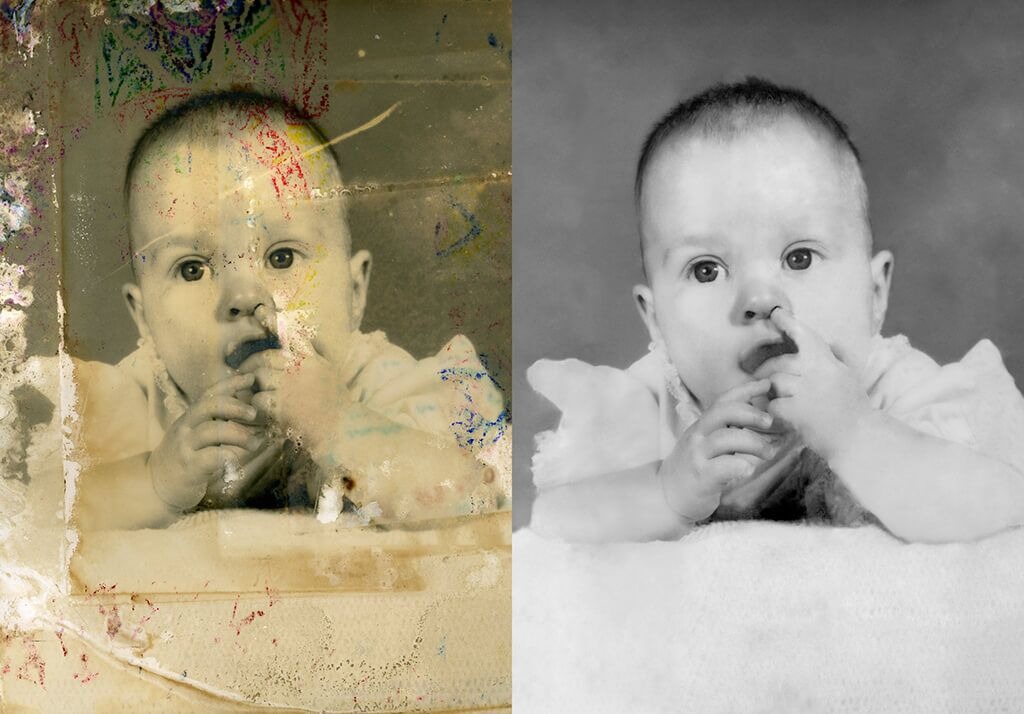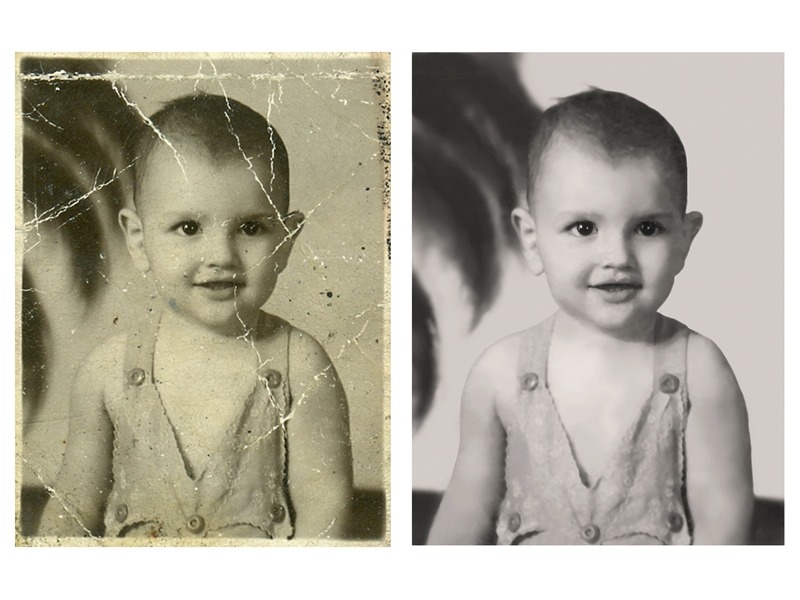Improve Your Old Clips: Smart Ideas and Fast Fixing Techniques
Many of us have recordings languishing on hard drives—birthdays, travel highlights, family get-togethers—with the hazy haze of early phone cameras or camcorders stretched back a decade or more. Of these clips, most seem to be trapped in time. But today, with some aid from technology, you can improve video quality free utilizing web tools that make the procedure straightforward. You are not necessary a video guru. From drag-and-drop editors to artificial intelligence upscalers revitalizing video you thought was lost to the sands of VHS fuzz, the choices are shockingly broad.

Those hazy faces are almost clear suddenly. The static noise from the crackers fades. Giggle-Inducing Uncle Roberto, who is hitting his greatest disco move in 1997, looks more focused suddenly. It hardly takes more than making a cup of coffee either. Let’s probe further, though; how exactly does this magic work?
The Headache Hidden in Low-Resolution Video
Grainy images have a certain nostalgia; until they’re so pixelated you can’t identify Aunt Linda from a houseplant. Early digital formats—3GP, AVI, and early MP4—compressed hard to fit more into small memory cards, therefore compromising detail for convenience. Now fast forward, and playing these stuttery relics on a clear modern screen simply accentuates the lack of detail sharply.
Still, don’t lose hope. Know that there are many answers before you discard your old videos into the digital garbage. Thanks to social media’s ravenous search for #ThrowbackThursday treasures and viral vintage findings, interest in video restoration has grown. People want for color and clarity even in the far past.
Free, Easily Navigable Online Video Editors
Perhaps you attempted video editing software only to find error messages longer than your grocery list, multi-tier menus, and too ambitious timeframes. Online editors are beautiful—they aim for simplicity and function in your browser.
Most websites prompt you to download the updated version, upload a video, choose filters or enhancing tools. One of my favorites for expediency in the process is Kapwing. No basic upgrade requires any account. Just upload; select “Adjust,” change brightness, contrast, saturation, and occasionally sharpness. View preview changes side by side. Export and you’re free.
Similar playbooks are available from Clideo and VEED.IO. They make up for lack of professional grace with speed and accessibility. These tools can help improve footage you are dealing with that is either oversaturated or dark.

Online Simple Steps to Sharpen Video
Many free internet tools have automatic sharpening capabilities. These changes will make a world of difference even though you won’t get Hollywood-level outcomes. Among the choices are:
Add edge contrast and bring hazy video clarity to sharp filters.
Smooth down digital “snow,” or blockiness from poor compression.
Rescue fading colors, fix “90s sunsets, rectify sickly greens or deep reds.
Although these tweaks seem basic, taken collectively they can make a film stand up to modern eyes.
AI Upscaling: Turning Around the Clock
Let us thus now discuss rocket fuel. Deep learning allows artificial intelligence video upscalers to scan your pixel-starved video and create details not even present in original form. It’s like a photographer filling in a faded image with reasonable detail.
Analyzing thousands of recorded scenes, artificial intelligence models—such Topaz Video Enhance AI—though not free—some web-based AI upscalers like ImgUpscaler and Neural.love give free restricted access. Then, when you upload your old video, the AI “predicts” missing aspects in faces, environment, or even minute textural elements in clothing and backdrops.
This is not simply a more exact blur. AI blends noise reduction, color correction, and frame stabilization with intelligent interpolation—imagining what pixels “should”—be. Motion jitter is corrected, scratches are healed, even frames for better playback are added by AI-driven upscaling. The outcome is what appeared to be 144p mush suddenly somewhere close to 1080p (or better), crisp enough for a living-room TV.
Restoring Historic Video: Real Stories
Imagine if you will, your parents’ film-to-DVD transfer left their wedding video appearing like a watercolor picture dropped in tea. For these situations, artificial intelligence upscaling shines exceptionally brilliantly. Frame-by-frame repair, facial smoothing, and neutral tone correction help you bring back battered Super 8 and VHS artifacts.
Every so often, internet communities blossom around particular preservation efforts. Think on the viral “Denis Shiryaev” YouTube remastering of Victorian-era films. The past seems strangely in reach as he fed black-and-white street scenes into AI upscales, colorized them, raised their frame rates from 14 to 60 FPS. Anyone can try a miniature version with easily available web tools.
Free Artificial Intelligence Tools for Auditions
Should you find yourself short on commercial software, some internet artificial intelligence upscalers allow you try free tiny clips. Dashboards of Neural.love, Pixop (with free credits), and HitPaw are easy-to-use. Upload, choose your target resolution, add improvements, then wait as the tool handles every frame. Though it’s a simple method to preview the tech’s capability, the free version sometimes comes with a watermark or small maximum clip length.
Immediate benefits are better looks, less grain, and more dynamic range. Restraints Sometimes artificial intelligence brings embarrassing relics or incorrect guesses. Grass can seem too painted, people can “glitch.” It’s best to preview before distributing.

Enhancement of Audio and Colorization
Video is not only about clarity. Under dull colors, emotional effect is flattened. Modern artificial intelligence can color black-and-white clips and inject fresh vitality. AI software guesses period-appropriate skin tones, clothes, and sunsets by consulting databases of historical hues. Though not perfect all the time, the sense of reality is striking.
Regarding sound, web programs like AudioDenoise and Krisp can remove low hum and hiss, hence improving speech clarity. For vintage video music tracks, Clipchamp provides basic equalizing capability. Combine these advances with visual upscaling to be cooking with gas.
Best Practices: Getting the Most Beautiful Outcomes
Even the wildest artificial intelligence requires something decent to begin with. Re-digitize footage at the highest transfer setting whenever at all possible. Steer clear of too frequent conversion between formats since it reduces quality. Never lose your originals. Sometimes a small touch performs better than maxing out filters. Halos or plastic skin can come from over-sharpening.
Context defines things. Working with others, refine settings and exchange before- and-after outcomes for archival projects like family history, school documentaries, fan remasters. It’s sort of like swapping recipes: some prefer nuance, some like it spicier.
